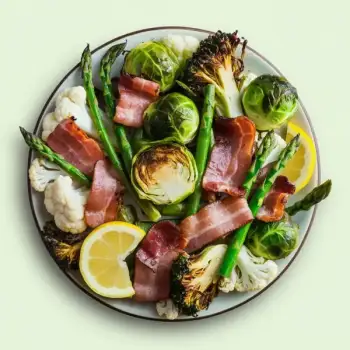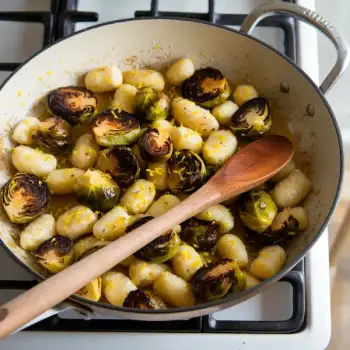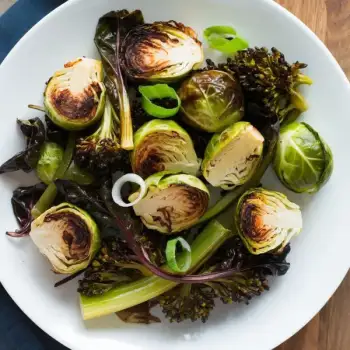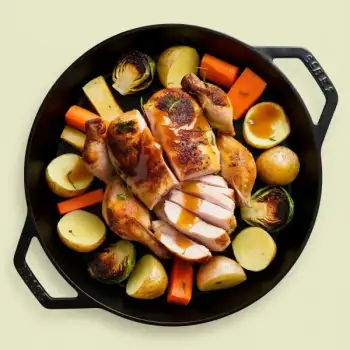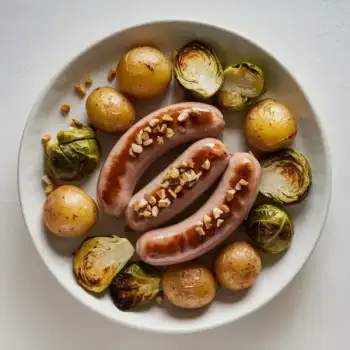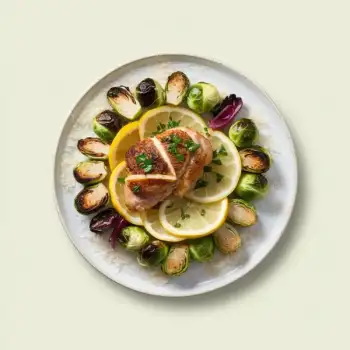


Fresh
Brussels sprouts are commonly sold fresh on the stalk or as loose bulbs. Fresh sprouts offer the best flavor and texture, especially when they are firm and bright green.
Frozen
Frozen Brussels sprouts are blanched and frozen shortly after harvesting to preserve their quality. They are convenient for out-of-season use or when time is a constraint.
Shredded
Pre-shredded Brussels sprouts are available for immediate use in salads, slaws, or quicker cooking methods.




frozen: Birds Eye or Green Giant are reputable brands offering quality frozen Brussels sprouts.

Roasting: Roasting Brussels sprouts at a high temperature (around 400°F or 200°C) until they are browned and crispy brings out their natural sweetness. Toss them with a bit of oil, salt, and pepper, and spread them out on a baking sheet to ensure they roast evenly.
Sautéing: For a quick and flavorful side, sauté halved or quartered Brussels sprouts in a hot pan with oil or butter. Cook them cut-side down to get a nice sear, then stir occasionally until they're tender and caramelized.
Blanching and Sautéing: Blanching Brussels sprouts in salted boiling water for a few minutes softens them slightly before finishing in a pan. After blanching, sauté them with flavors like bacon, garlic, or shallots to infuse them with additional taste.




